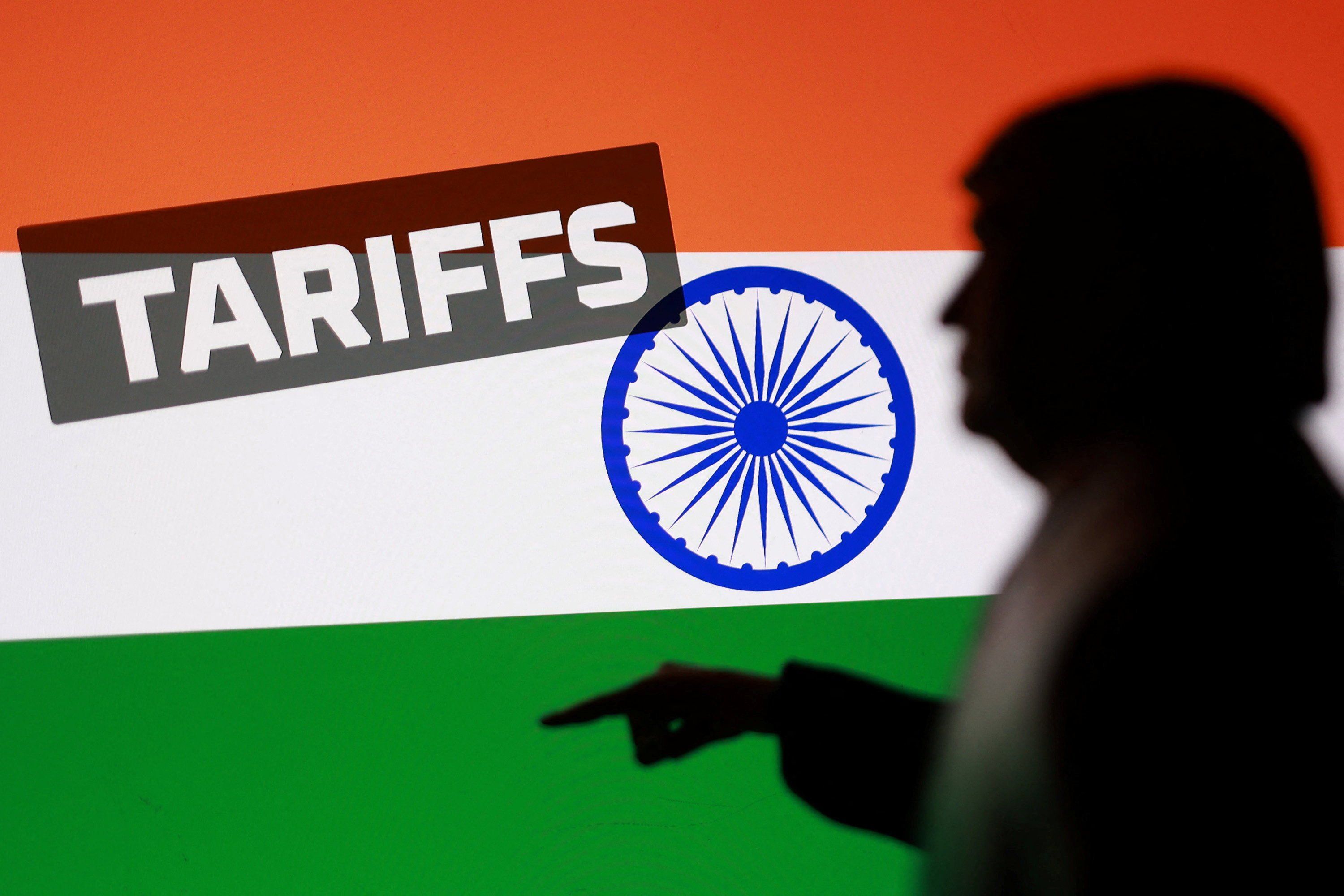President Donald Trump's tariff policies, imposing levies as high as 50% on the United States' trading partners, have not proven compatible with his campaign promise to turn the U.S. back into a "manufacturing powerhouse," as Friday's jobs report showed.
The overall analysis was grim, with the economy adding just 22,000 jobs last month, but manufacturing employment in particular has declined since Trump made his April 2 "Liberation Day" announcement of tariffs on countries including Canada and Mexico.
Since then, the president has introduced new rounds of tariffs on imports from countries he claims have treated the U.S. unfairly, and all the while, manufacturers have tightened their belts to cope with the higher cost of supplies and materials.
Overall manufacturing employment has plummeted by 42,000 jobs, while job openings and new hires have declined by 76,000 and 18,000, respectively, according to the Center for American Progress (CAP), which released a jobs report analysis titled "Trump's Trade War Squeezes Middle-Class Manufacturing Employment"on Friday.
"The manufacturing sector is struggling more than the rest of the labor market under Trump's tariffs, and manufacturing workers' wage growth is stagnating," said CAP.
Last month, the sector lost 12,000 jobs, while wages for manufacturing workers stagnated.
In line with other private employees, workers in the sector saw their wages go up just 10 cents from July, earning an average of $35.50 per hour.
"Despite Trump's claims that his policies will reignite the manufacturing industry in the United States, his policies have achieved the opposite," wrote policy analyst Kennedy Andara and economist Sara Estep at CAP.
The findings are in line with the Federal Reserve Bank of Dallas' Texas Manufacturing Survey, which was taken from August 12-20 and found that 72% of manufacturing firms say the tariffs have had a negative impact on their business.
"The argument is: We're all meant to sacrifice a bit, so that tariffs can help rebuild American manufacturing. Let's ask American manufacturers whether they're helping," said University of Michigan economics professor Justin Wolfers on social media, sharing a graph that showed the survey's findings.
As Philip Luck, a former deputy chief economist with the US State Department, told the CBC last month, Trump has been promising "millions and millions of jobs" will result from his tariff regime, but those promises are out of step with the reality of manufacturing in 2025.
"We do [manufacturing] now with very few workers, we do it in a very automated way," Luck told the CBC. "Even if we do increase manufacturing I don't know that we're going to increase jobs along with it."
The outlet noted that while the number of Americans employed in manufacturing peaked in 1979, the value of manufacturing production has continuously trended up since then.
Michael Hicks, director of the Center for Business and Economic Research at Ball State University, told the CBC that "no treasure trove of jobs" is likely to come out of Trump's tariffs.
The president "walked into an economy that was seeing the largest manufacturing production in American history," Hicks said. "That is really a testament to how productive American workers are, the quality of the technology, and capital investment in manufacturing."
But the rate of hiring at manufacturing firms is far below its 2024 level, said CAP, revealing the negative impact of Trump's tariff regime.
US Rep. Ro Khanna (D-Calif.) pointed to nearly 800 workers who lost their jobs in the manufacturing sector this week, including 120 whose company's sawmill closed in Darlington, South Carolina; 101 who worked at an electronics assembly plant for Intervala in Manchester, New Hampshire; and 170 whose sawmill positions were eliminated in Estill, South Carolina.
The US Supreme Court is expected to soon review Trump's tariffs after the Court of Appeals for the Federal Circuit ruled last week that many of them are illegal.
